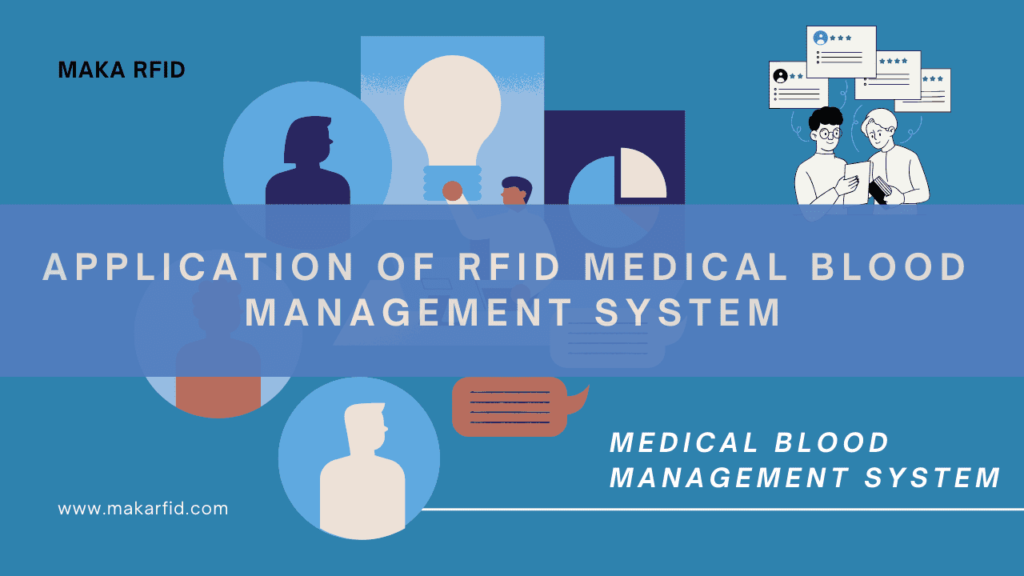RFID Blood Management System

RFID Medical Blood Management System Hey! Let’s talk about how RFID technology is making medical blood management even better! First, imagine we put a tiny RFID tag on each blood bag, like giving them a smart watch. This way, we can always know where the blood is, every step from collection to use is crystal clear, and we don’t have to worry about blood accidentally getting lost or used incorrectly anymore! Secondly, with the RFID system, managing blood inventory becomes super simple. It’s like having a meticulous butler, constantly keeping an eye on the quantity, type, and expiration date of each blood type. This way, hospitals can better allocate resources, neither wasting blood by letting it expire nor suddenly finding themselves short of blood. Lastly, RFID is also a super assistant, helping to automatically record and check data. For example, during blood transfusions, it carefully verifies whether the blood and patient information match, just like a thoughtful
